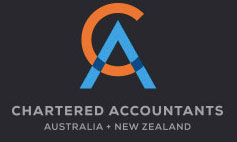9 April 2022
March 31 marks the end of the 2021/2022 fringe benefits tax (FBT) year which commenced 1 April 2021. It’s time now for employers and their advisors to turn their attention to instances where non-cash benefits have been provided to employees, and also where private expenses have been paid on their behalf.
Although it will generally fall to your accountant to prepare the FBT return, it may not always be apparent to them from your software file or other records, all of the instances where you have provided employees and their associates (e.g. spouse) with a potential fringe benefit. To assist you in bringing these potential benefits to the attention of your accountant, following is a general checklist (non-exhaustive):
Cars
- Did you provide or make available a car that your business (or an associate of the business) owned or leased, to an employee or their associate for private purposes?
Exemptions include minor, infrequent and irregular non-work-related use by an employee of certain commercial vehicles.
- Did you as an employer reimburse expenses of an employee in relation to a car they owned or leased?
Exemptions include where the business compensates the employee on a cents per km basis for estimated travel and where the car has not been used for private purposes.
Loans
- Did your business provide a loan to an employee or their associate?
Exemptions include where the loan is strictly related to meeting an employment expense (which must be incurred within sixth months of the loan being made).
Exemptions also include loans made by private companies to employees who are also shareholders but the loan is Division 7A compliant.




